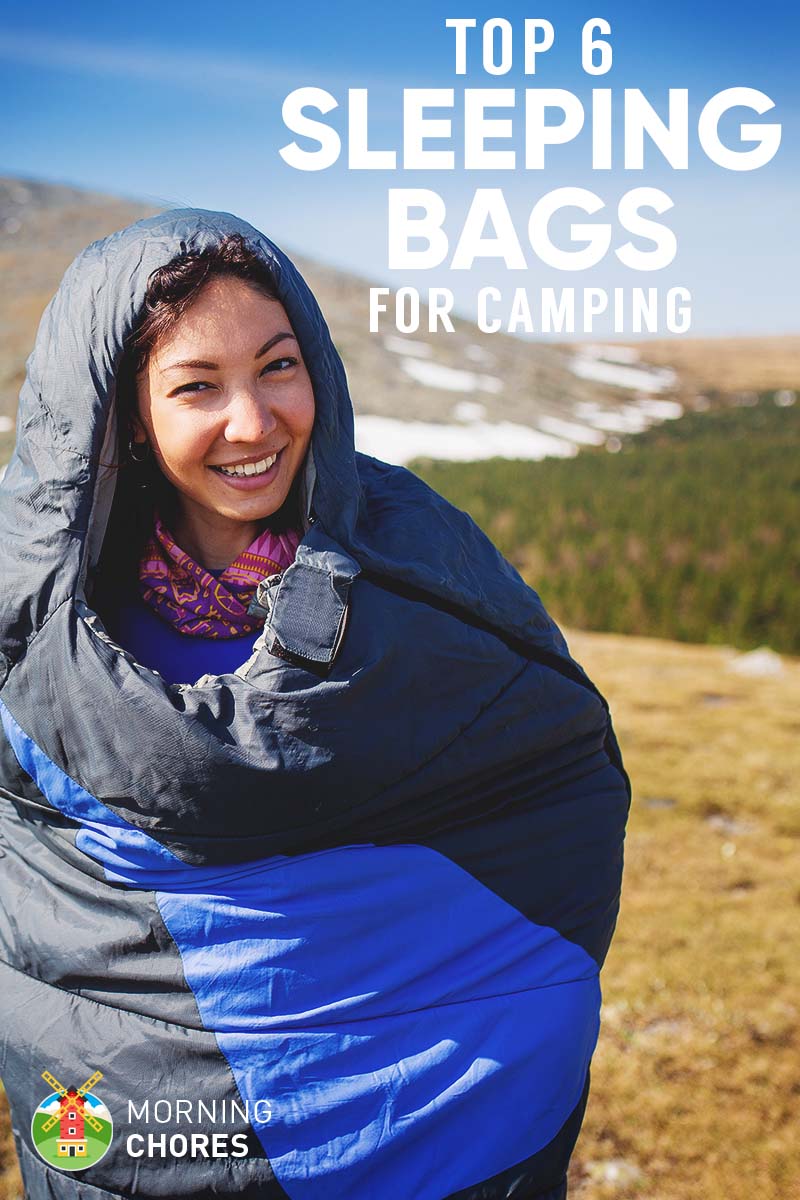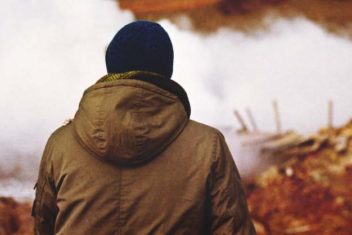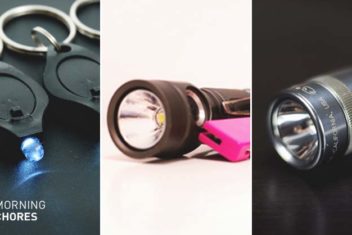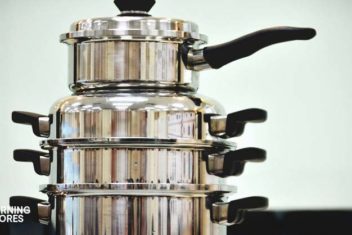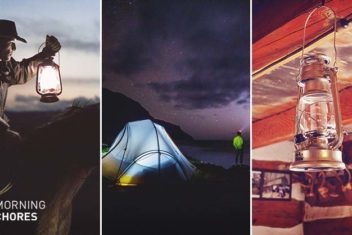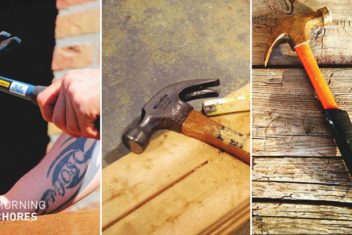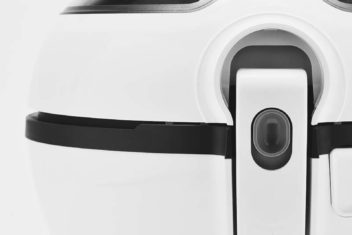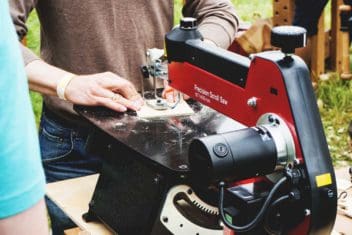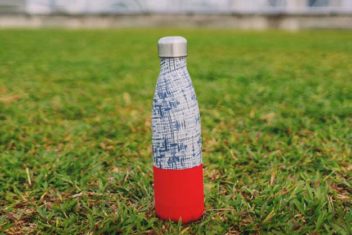If you are spending the weekend at your favorite camping ground or braving the elements under the stars, a super warm sleeping bag can make all the difference to your outdoor adventure. As well as keeping you as “snug as a bug in a rug”, a top-quality bag will give you a good night’s sleep so that you can rise bright and early, ready to embrace the day.
The 6 Best Sleeping Bags
- Western Mountaineering Versalite Sleeping Bag
- Big Agnes Anvil Horn Sleeping Bag
- Outdoor Vitals Summit Ultralight Backpacking Mummy Down Sleeping Bag
- Hyke & Byke Quandary Hydrophobic Sleeping Bag (Our Top Pick)
- TETON Sports 101R Sleeping Bag
- Kelty Tuck Mummy Sleeping Bag
Our Top Pick for the Best Sleeping Bag
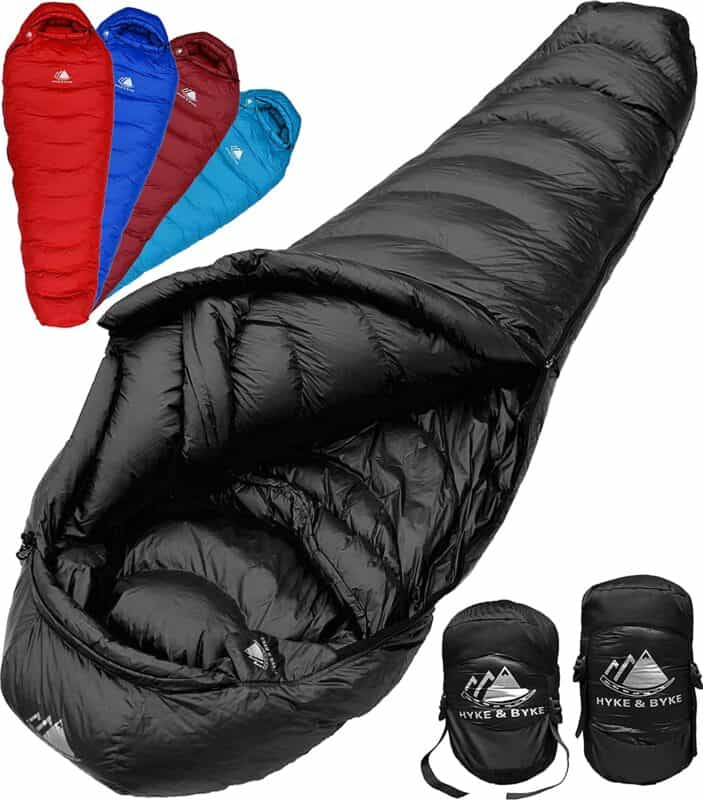
Our top pick for the best sleeping bag is the Hyke & Byke Quandary Hydrophobic Sleeping Bag. Although Hyke & Byke are a relatively new company in the outdoor gear business, the team experts are designing high-quality bags.
Their soft and cozy duck down sleeping bag will keep you warm and comfortable all year round. It can be easily packed away in the compact compression bag. Wherever you plan to travel, the Quandary sleeping bag is well equipped to fit your next adventure.
Check the price on AmazonHow to Choose the Best Sleeping Bag
Before you start to look for a sleeping bag for your next camping trip, you need to consider the different types of bags that are available.
Shape
Sleeping bags are available in 4 different shapes:
1. Rectangular
The most common type of sleeping bag is designed with a rectangular shape. It will give you a lot of room to move, while still providing you with a very good level of insulation. The bag may have a left or right-handed zipper. And if you choose another bag of the same size, you can zip them up together to make a double bed.
Some rectangular sleeping bags already come in a double size, which gives you extra room to snuggle up with your partner.
2. Semi-Rectangular (or barrel-shaped)
A semi-rectangular sleeping bag has a more tapered design than a rectangular bag. However, it is wider across the shoulders to give you enough room to sleep comfortably, as well as giving you sufficient warmth. The tapered design at the bottom of the bag also allows you to pack the bag away easily for overnight hiking.
3. Mummy-Style Sleeping Bag
Sleeping bags that are designed in the “mummy” style are very close-fitting, with a narrow shoulder and hip to get you a snug fit, which also maximizes your body heat. Some people can find this type of bag a little claustrophobic as they restrict movement.
Even so, they are especially ideal for backpackers as the bag can be compressed easily into the bag’s sack or into a backpack.
4. Double Sleeping Bag
Some sleeping bags are designed to fit two people. Or they can be unzipped to make two separate individual bags. You can use a double bag as a quilt to be placed on top of a sleeping bag for extra warmth, or use it underneath your existing bag to give you additional cushioning from the hard ground.
Temperature Ratings
As well as the shape of the sleeping bag, you also need to consider the different temperature ratings for bags as indicated below.
Most camping bags feature a temperature rating between 15° and 35°F. Sleeping bags that are designed for winter are around 15°F, while 3-season bags are rated at +35°F, which are ideal for Spring, Summer, and Autumn.
You may notice that an EN temperature rating is displayed on the bag. Many sleeping bag manufacturers use the EN temperature rating, which stands for European Norm. This is a standardized temperature rating system that keeps ratings consistent across the industry.
However, even with these EN ratings, how we individually experience cold temperatures is relative. So as well as taking the sleeping bag temperature rating into account, you have to consider how your body naturally generates heat during the night. Generally, men tend to stay warmer during the night than women, but some people are more sensitive to cold than others.
Some people are called “hot” sleepers, which means that they generate a lot of body heat while they sleep and may only require one blanket to keep themselves warm. “Cold” sleepers are people who do not generate a lot of body heat and they need extra blankets and may even require an electric blanket to get their desired level of warmth.
If you keep this in mind, it will save you from being disappointed when the sleeping bag does not provide the warmth you need.
Insulation Type
Sleeping bags are available with either synthetic or natural insulation from goose or duck down. Both types have their advantages and disadvantages.
1. Synthetic Insulation
Synthetic insulation like polyester flannel gives you very good warmth and you will usually find that they are more affordable. They are quick-drying and can still provide you with good insulation even if they get wet. However, they do not pack down very well and can be a little bulky for those hikers who want to travel light.
One of the highlights of synthetic insulation is that it is hypoallergenic, so it is ideal for allergy sufferers. Sleeping bags that have synthetic insulation can handle rough conditions in the short term. However, they deteriorate faster over the long term.
2. Goose or Duck Down Insulation
Sleeping bags that use goose or duck down insulation give you superior warmth, so they are ideal for very cold conditions.
They are longer-lasting. And as they are light and highly compressible and can easily be packed away, they are a good choice for backpackers. Some goose-down bags have a full draft down-filled collar, which gives you extra protection from any nasty icy drafts that may sneak into your tent.
The downside of using this natural form of insulation is that goose-down is not hypoallergenic. It does not provide good insulation when it gets wet, and it can be more expensive. However, if you look after your goose-down sleeping bag, you can get years of service out of it and it will keep you super warm in the coldest of temperatures.
A good tip for keeping your goose-down sleeping bag in tip-top condition, especially in wet conditions, is to look for a bag that contains hydrophobic down, which means the down has been specially treated with a coating to prevent it from absorbing moisture. This can give you extra protection in snowy conditions. However, if you can avoid it, keep your sleeping bag away from water.
Fit / Sizes
Most sleeping bags are designed to fit an average-sized person up to 6-feet tall, while other brands can cater for taller people up to 6′ 6” tall. Some bags may be narrow at the top. While others may have a more generous opening to cater for men who have broader shoulders, or for restless sleepers who just want extra room to move.
Terminology
As well as the temperature rating, insulation type and fit, sleeping bags have other components or accessories that can increase your sleeping comfort.
1. Stuff or Compression Bag
Sleeping bags may come with a stuff or compression bag that allows you to transport the bag while you are out hiking. The storage bag may come with the sleeping bag or you may have to purchase it separately. Some manufacturers designed their bags to compress down enough to fit into your backpack, so you do not need the compression bag.
A good tip for looking after your sleeping bag for the long term is to avoid keeping it rolled up tightly in the compression bag for long periods. Protect its insulation properties. And stop it from becoming overly compressed by hanging it up in your garage or storing it loosely in a cotton storage sack.
2. Sleeping Bag Hood
Some sleeping bags come with an attached hood, which gives you extra protection in winter conditions. As most of your body heat escapes out from the top of your head, a hood can help to trap your body heat. Some hoods are designed to be cinched in with a draw cord. While others are designed to lie flat when the bag is unzipped, so you can also use it as a quilt.
Ultralight bags may do away with the hood to save additional weight. So if you want to travel as light as possible, but still stay warm, choose an ultralight bag and wear a thermal beanie to keep your head warm.
3. Draft Tube
The draft tube is an insulation-filled tube that runs inside along the bag’s main zipper. It is designed to keep the warmth from escaping from between the zipper coils.
4. Grid-Designed Baffles
Baffles are used on the outside of sleeping bags. They are especially useful for bags that have goose or duck down insulation. Their grid design on the outer material helps to keep the down evenly distributed throughout the bag, which also helps to retain your body heat.
5. Foot Box
Some sleeping bags, especially the “mummy design” bags, give you a foot box, which is an extra tapered area at the end of the bag that gives you extra room for your feet to move and also allows them to breathe.
6. Stash Pocket or Pouch
A stash pocket or pouch is a nifty idea as it allows you to keep your mp3, cell phone or keys close at hand.
Additional Accessories
While you can use a sleeping bag in the warmer seasons, it is primarily designed to keep you warm, cozy, and comfortable when the snow and rain pelts down on your tent or vehicle. However, some people find that they still feel cold. Here are 2 handy tips to keep you as warm as toast.
1. Sleeping Bag Liner
If you find that you still feel cold, even in a thermal sleeping bag that has duck down, why not use a bag liner inside your bag.
A bag liner can be made from composite fabric like silk or cotton or it can be made from microfiber fleece and it can add another 10°F or so of warmth. A liner can also protect your sleeping bag from any moisture from your body and overall wear and tear.
2. Sleeping Pad
A sleeping pad adds an extra layer of insulation between you and the ground. Sleeping pads can vary in their insulating capabilities, so keep your eye out for their individual ratings that tell you what level of insulation the sleeping pad can provide.
6 Best Sleeping Bags – Reviews
1. Western Mountaineering Versalite Sleeping Bag

The Western Mountaineering Versalite Sleeping Bag is a great choice for almost any trekking adventure from base-camping to backpacking. If you need to pack light, but do not want to compromise on warmth, then this bag is your ideal camping companion for any long-term adventure.
The sleeping bag can handle temperatures around 30°F. The breathable Ultra-premium 20-ounces 850-fill down traps and retains your body’s warmth more than synthetic insulation. The full draft down-filled collar keeps you extra snug. And the 62-inches shoulder-length draws upon the semi-rectangular style bag to give you extra room to move at night.
For extra protection, the interlocking draft tubes prevent any icy drafts from stealing your much-needed sleep
The bag weighs 2lbs and can be easily rolled up and packed away as it is made from ExtremeLite shell fabric. The lightweight baffles restrict any movement of the down. However, do not make the sleeping bag too bulky.
The versatile bag has a left-handed zipper, but the sleeping bag is also available with a right-handed zipper. Although the Western Mountaineering bag is one of the more expensive sleeping bags, it is made from high-quality materials that will keep you super warm in the most extreme winter conditions.
Pros
- High-quality design
- Lightweight
- Compact
- Very warm
Cons
- Expensive
- Not ideal for warmer weather
- No hood
2. Big Agnes Anvil Horn Sleeping Bag
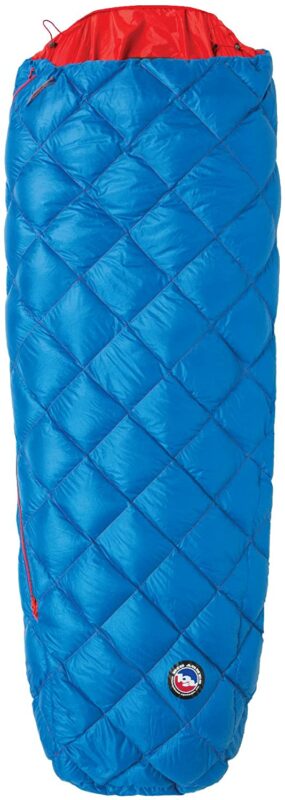
The Big Agnes Anvil Horn Sleeping Bag has been specially created to bring all the comforts of your cozy bed to the great outdoors. So whether you are hiking in the backcountry, camping out with your partner, or need an extra quilt for around the campfire, it will keep you comfy and cozy in temperatures that drop to 40°F.
This sleeping bag is made from soft polyester and insulated with DownTek water-repellent down that offers you the best warmth. It keeps you snug while the snow falls and the bitter winds rage outside your tent, and anti-snag locking zippers on each side keep out any drafts.
The unique Flex Pad Sleeve fits easily with your pad, and as you change positions during the night, it stops you from rolling off your pad.
You may find that the bag is too bulky on its own to pack away in a backpack. However, if you unzip the bag into 2 separate bags, each bag can be compressed a little easier for storage.
Pros
- Great value for money
- High quality
- Very warm and comfortable
- Anti-snag locking zippers
- Unique Flex Pad Sleeve design
Cons
- Might be a bit bulky for some backpacks
3. Outdoor Vitals Summit Ultralight Backpacking Mummy Down Sleeping Bag
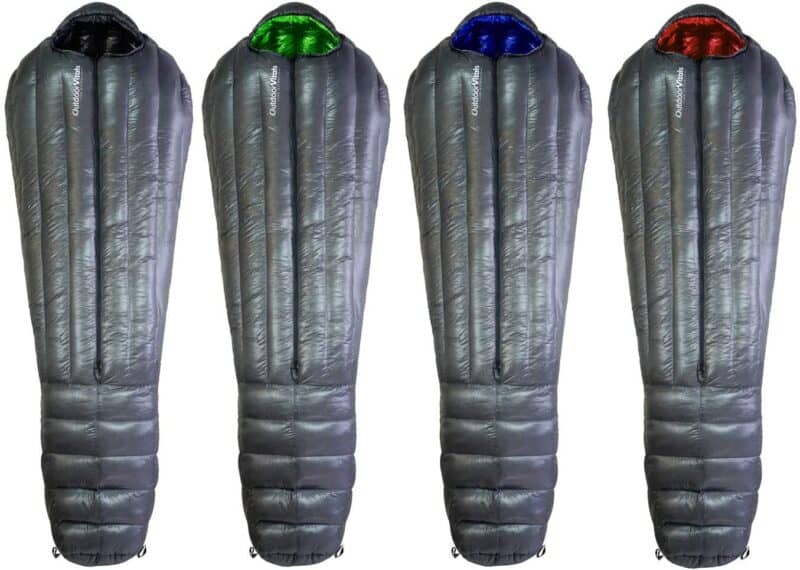
The Outdoor Vitals Summit Ultralight Backpacking Mummy Down Sleeping Bag gives you very good value for money. It is ideal for temperatures around 20°F. Its vivid green color and its lightweight material will make a very attractive addition to your camping gear.
The ‘mummy-style” sleeping bag is made from super-soft, high-quality duck down, which gives you very good insulation for those bitterly cold nights. The durable shell is made from Outdoor Vitals special “Rip-stop” polyester that is also designed to repel moisture due to the DWR (Durable Water Repellency) coating. And the heavy-duty zippers are snag-free.
The bag weighs 2lbs 13-ounces and measures at 11 x 8-inches, so it can be compressed down to fit into the additional handy compression bag or into your backpack. There are hanging loops for you to hang the bag up for easy storage.
Pros
- Very good value for money
- Good quality material
- Water-resistant
- Very warm
- Compressible
- Compact
Cons
- Not a good fit for tall people
- No hood
4. Hyke & Byke Quandary Hydrophobic Sleeping Bag

Whether you plan to camp out under a star-studded sky or pitch your tent along the Appalachian trail in the heart of winter, the Hyke & Byke Quandary Hydrophobic Sleeping Bag is destined to be your new camping buddy.
The beautiful blue bag has a survival limit rating of 15°F. A comfort limit from 23-50°F, so it is designed to keep you warm as toast regardless of the weather.
The durable top-quality duck down filling is a natural insulator and has the highest warmth-to-weight ratio. The grid designed baffles keep the down evenly distributed, which also helps to retain your body heat. Besides its superior warmth, the durable super soft, thick nylon fabric liner is water-repellant. And the drawstrings keep the hood snug around your head, and the hood has enough room for you to use your favorite thermal pillow.
This ultralight bag is a backpacker’s dream as it has plenty of room to move around in. However, it is also lightweight at 3.15lbs with the compression bag. The Quandary is available in 3 sizes: short, regular, and long, so it is can easily fit people up to 6’6” tall.
Pros
- Very good value for money
- High quality
- Beautiful sleeping bag
- Very warm
- Water-repellant
- Lightweight
- Compact
- Ideal for tall people
Cons
- Not ideal for people with very broad shoulders
5. TETON Sports 101R Sleeping Bag
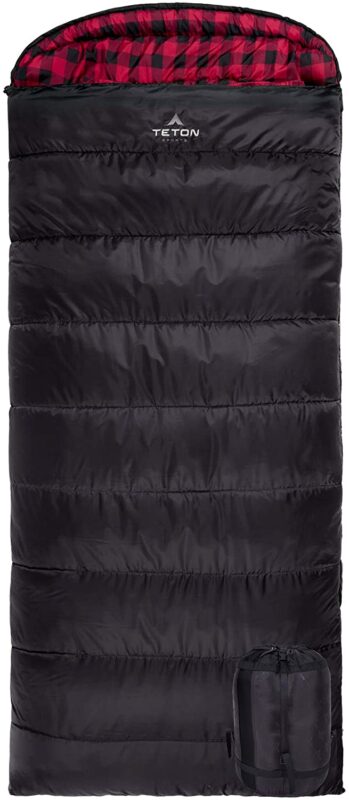
For a superior level of comfort and warmth, the rectangle-style TETON Sports 101R Sleeping Bag is a great choice. This durable bag will provide you with all the warmth you need for all seasons. It is especially ideal for outdoor adventurers who like plenty of room to move as the sleeping bag measures at 90 x 39-inches, so it can easily fit 2 small-sized people.
You will stay warm and comfortable as the bag has a durable Taffeta shell with double-layer construction and brushed poly flannel lining. The mummy-style curved hood prevents any heat from radiating away from your body.
The cushioning around the zipper and adjustable shoulder-opening will keep out any icy drafts. And the staggered seams help to evenly distribute the fiber lining to retain your body heat.
TETON Sports has designed this bag with a full-length snag-free zipper, which allows you to open the bag from the top and bottom, which is very handy for when you are camping in the warmer seasons and need extra ventilation.
The Sports Celsius is a very versatile bag as you can also connect another same sized bag for extra sleeping space. If you want to brave the elements and sleep by the fire, the bag has an interior pocket to keep your valuables or a flashlight close at hand. The sleeping bag also comes with an Oxford stuff sack that has an easy to close drawstring and a safety barrel lock.
TETON Sports has a large range of sleeping bags. So, if you would like an even bigger size, they offer a mammoth-sized bag. If you prefer a bag that can withstand extreme temperatures, the bag is also available in XL, with a temperature rating of 25°F.
Pros
- Very good value for money
- Super warm and comfy
- Plenty of room
- Compact
- Limited lifetime warranty
- Great customer service
- Available in other sizes and temperature ranges
Cons
- Taffeta shell is slippery
- Not waterproof
6. Kelty Tuck Mummy Sleeping Bag
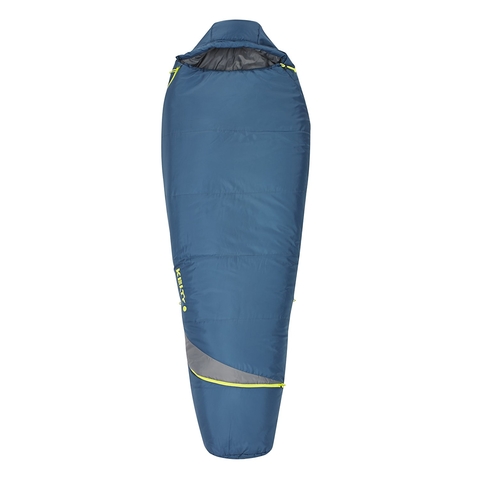
The Kelty Tuck Mummy Sleeping Bag is a great choice for camping and backpacking in spring, summer, or fall and can give you good warmth for winter. The innovative ThermaPro synthetic insulation is specifically engineered to retain your body heat so that you stay warm and cozy in chilly weather and it also makes the bag very easy to pack away.
It has a close-fitting thermal-comfort hood for extra warmth, a roomy foot box, a draft tube. You can easily unzip the bottom of the bag to let your feet breathe on those balmy summer nights.
You can also keep your cell phone or mp3 close-by in the handy pouch that is located inside the bag.
Pros
- Good value for money
- Warm and comfy
- Thermal insulation
- Easy to pack
- Handy pouch
Cons
- Stitching frays easily
- Not waterproof
- Zippers can stick
Our Top Pick for the Best Sleeping Bag

Our top pick for the best sleeping bag is the Hyke & Byke Quandary Hydrophobic Sleeping Bag. Although Hyke & Byke are a relatively new company in the outdoor gear business, the team experts are designing high-quality bags.
Their soft and cozy duck down sleeping bag will keep you warm and comfortable all year round. It can be easily packed away in the compact compression bag. Wherever you plan to travel, the Quandary sleeping bag is well equipped to fit your next adventure.
Check the price on Amazon